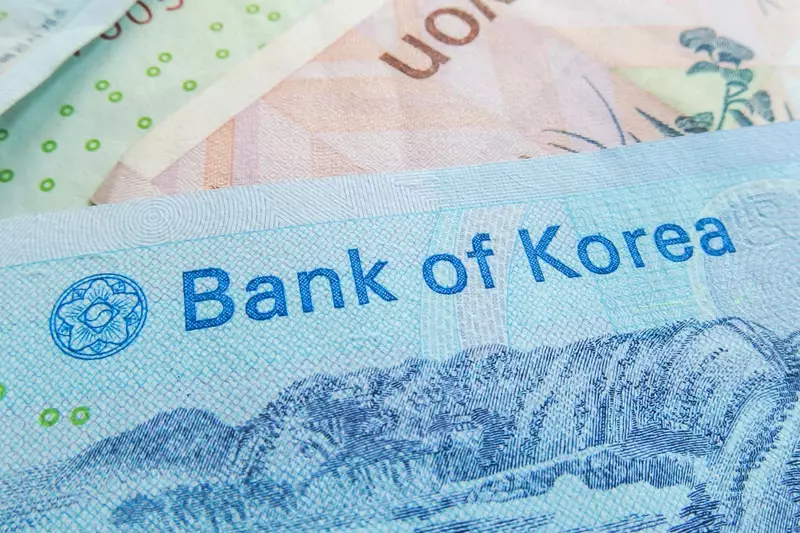As the global economy navigates through fluctuating patterns of growth and inflation, Asian currencies are currently experiencing a turbulent phase. Recent developments in the U.S. economy, particularly in relation to interest rate policies and inflation metrics, have heightened uncertainty in the region’s currency markets. With the U.S. Thanksgiving holiday approaching, investors are exhibiting caution, resulting in thinner trading volumes and mixed responses across various currencies.
The Federal Reserve’s preferred gauge for inflation, the personal consumption expenditures (PCE) price index, has shown an uptick in line with market predictions. This comes amid a backdrop where the U.S. economy demonstrated robust growth in the third quarter, reinforcing the need for careful observation of economic indicators. The current inflation rate, persistently above the Fed’s target of 2%, poses challenges for policymakers. Increasing tariff proposals directed at imports could further complicate efforts to lower interest rates in the upcoming year.
The dollar managed to stabilize after a tumultuous overnight trading session, maintaining proximity to its recent two-year highs. The US Dollar Index recorded minor gains, reflecting a general resilience despite external pressures such as ongoing trade tensions. This renewed stability in the dollar is crucial as it serves as the benchmark for many currencies, thereby exerting influence over regional currency movements.
The Korean Economic Context
Significant developments have emerged from South Korea, where the Bank of Korea’s unexpected decision to lower interest rates for the second consecutive time starkly illustrates the challenges facing the South Korean economy. This move reflects growing concerns regarding future economic growth and inflation trajectories. Following this announcement, the South Korean won plummeted, signifying market apprehension towards the country’s economic health and its response to external pressures.
The Bank of Korea has also revised its GDP forecast downward, projecting sluggish growth that could hinder fiscal strategies moving forward. In light of these developments, the won’s depreciation serves as a warning signal to other Asian currencies, particularly for those nations that maintain strong trade ties with South Korea.
The broader Asian currency landscape took on a tepid persona with varying degrees of stability and volatility across regions. For instance, the Singapore dollar noted a slight increase against the U.S. dollar, while the Thai baht remained largely stable, encapsulating the regional ambivalence towards the shifting economic tides. On the other hand, the Australian dollar showed a modest rise due to mixed indicators from consumer inflation data, underscoring the complex interplay of domestic and international economic trends.
The Japanese yen experienced a moderate increase, indicating a potential safe-haven status amidst the fluctuating economic environment. Conversely, the Indian rupee reflected a subdued performance, hovering close to record highs but lacking decisive momentum.
The yuan, in particular, continues to face substantial pressure, compounded by heightened tariff threats from the U.S. The potential weakening of the offshore yuan is projected to extend further, with analysts predicting an average exchange rate of 7.51 per dollar by the end of 2025, marking a historic low. Such developments pose grave risks not only to the Chinese economy but also to numerous emerging Asian currencies closely tied to its trade dynamics.
As the intricate web of global trade continues to tighten, the current unraveling of Asian currencies showcases the volatile interplay of local and foreign economic influences, particularly from the U.S. As the world awaits further clarity on the Fed’s rate decisions and potential trade agreements, regional currencies must navigate through these trying currents with vigilance and strategic foresight. The coming weeks leading up to the holiday season could set the tone for market behavior well into 2024, making it a pivotal phase for investors and policymakers alike.


Leave a Reply